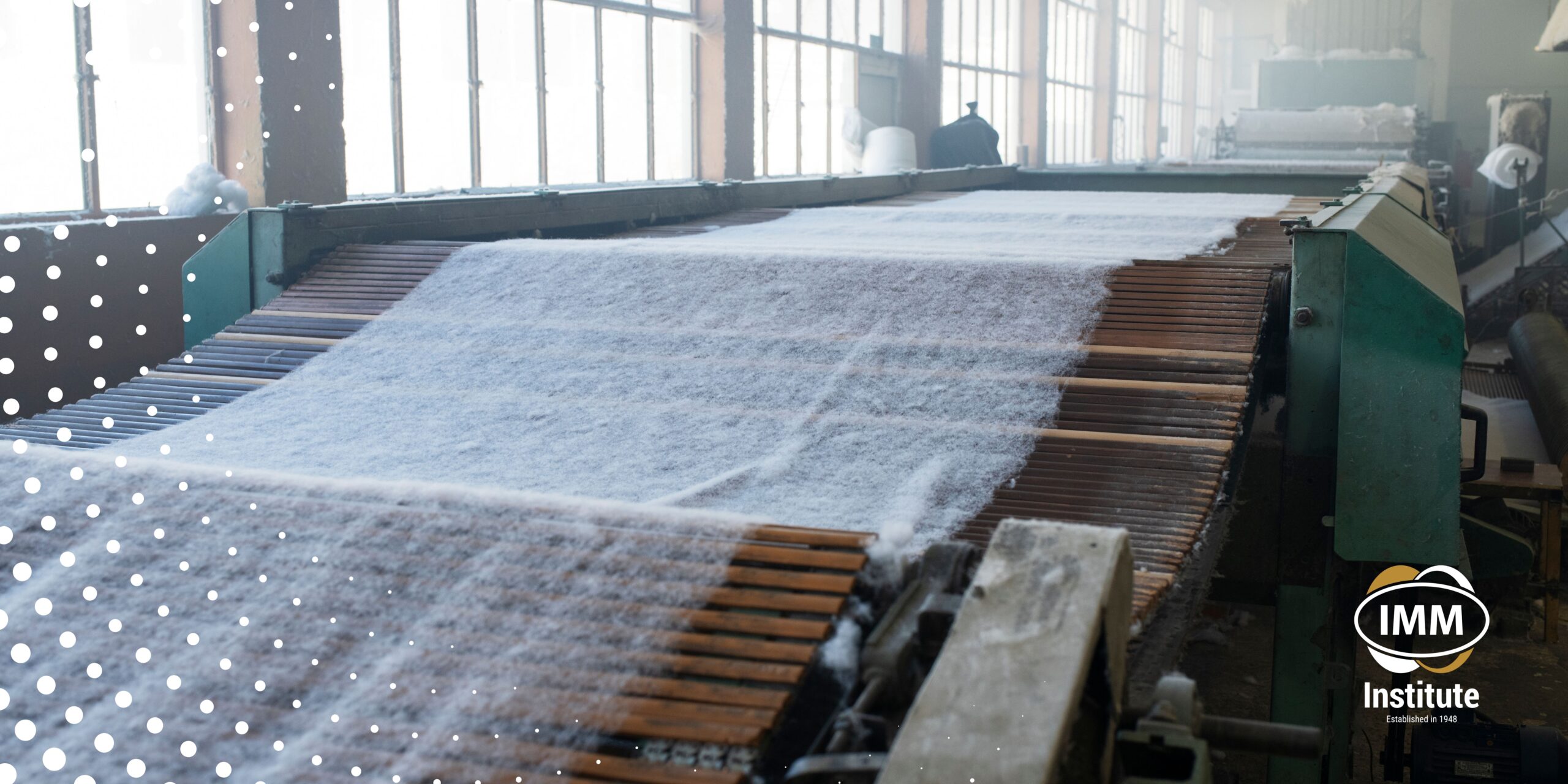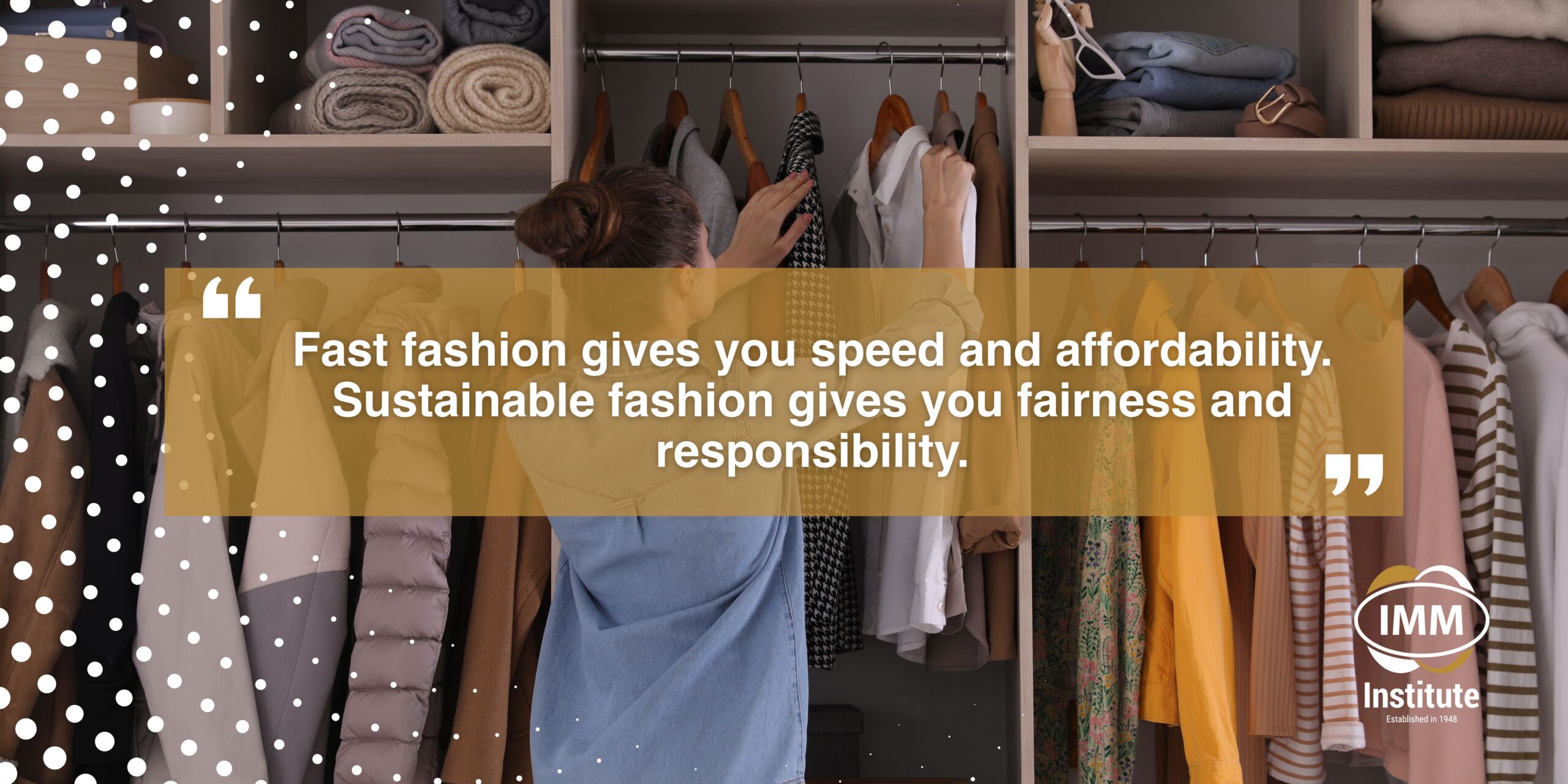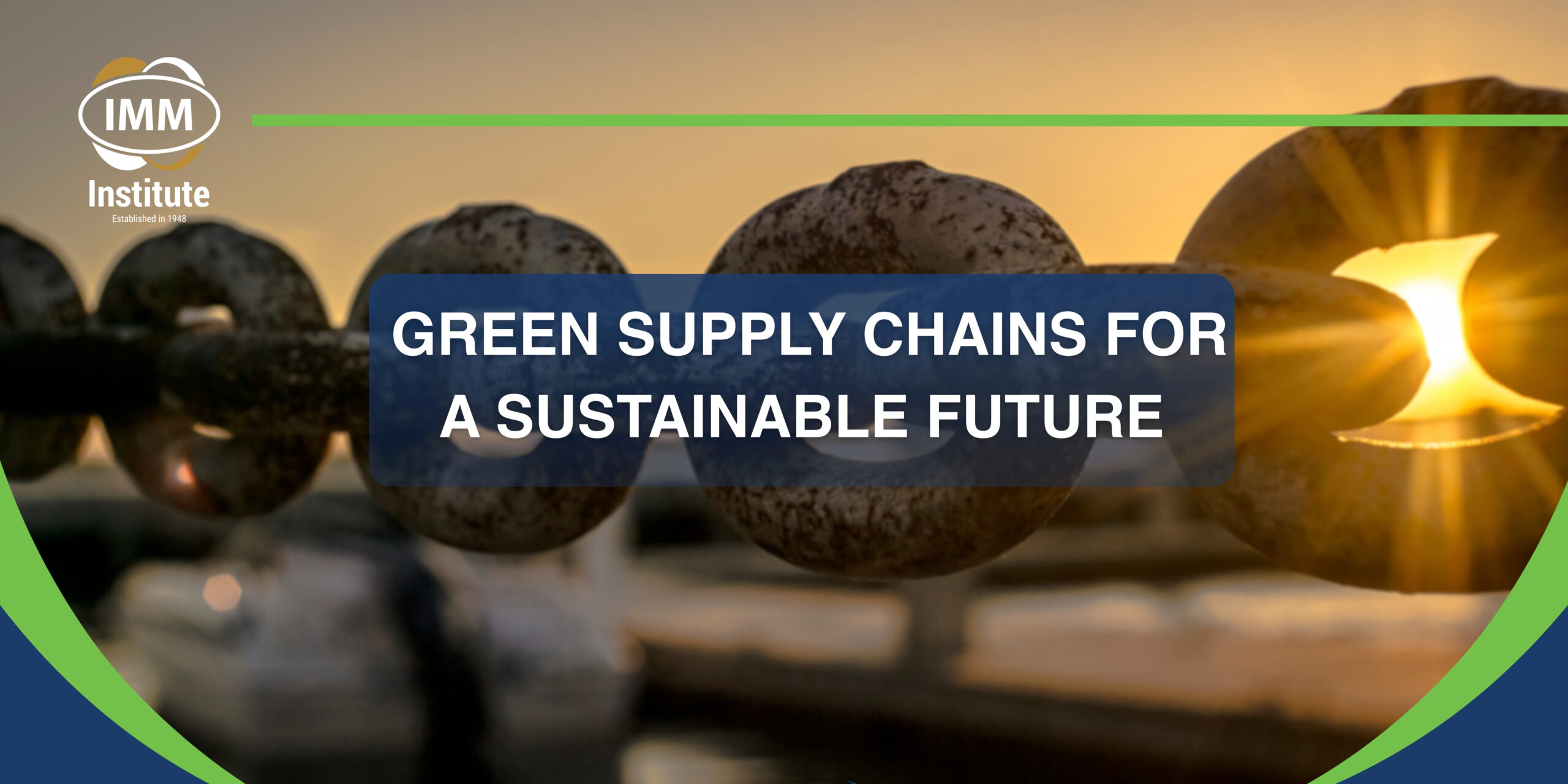
Behind the seams: Can fashion’s supply chains go green?
Did you know that behind every new clothing item lies a hidden footprint? Our favourite pair of pants, those cool, trendy sneakers you got last week, all leave a mark somewhere. This mark might be a polluted river, a patch of overworked soil or carbon drifting into the air. So now, more than ever, the fashion industry is beginning to feel the pressure as these effects become impossible to overlook. The real question now is if brands, and the people buying their products, are ready to make a much-needed change.
The cost of fast fashion
Fast fashion can attribute its success to speed and low prices. Shoppers have grown to expect new trends every few weeks, and brands deliver by producing cheaply and quickly. The problem? Cheap materials and poor working conditions result. According to the UN Environment Programme roughly 92 million tonnes of textile waste is produced globally every year. Earth Org reports that the fashion industry is responsible for around 10% of global carbon emissions. That’s more than most international flights combined.

The challenge of sustainability
Sustainable fashion sounds simple, but the solution is certainly not. Materials such as recycled fibres, cotton and local production are more costly, and the process takes longer because global supply chains have lengthy processes and as a result tracking every step of production can be difficult. For example, a clothing company that sources cotton abroad must depend on factories and farmers for accurate data and this process is slow and complex.
The fashion industry is dependent on logistics. Every step from fibre to finished product affects waste and emissions. The Professional Certificate in Transport and Logistics from IMM Institute empowers professionals to design efficient, sustainable supply chains that support ethical fashion.
Technology and innovation
Still, the challenges of sustainability have given rise to opportunity. The fashion industry is being reshaped with the help of technology like digital sampling which means less fabric waste. Circular design lets old clothes become new ones. Data tools help brands predict what will actually sell, reducing overproduction. However, not everyone is keeping up. According to McKinsey & Company only 37% of fashion companies are on track to hit their 2030 climate goals. This tells us that there is still work to do.

The power of consumers
The truth is that fashion’s sustainability problem isn’t only about the brands. It’s about your choices. Buying a cheap T-shirt that falls apart supports fast fashion. Wouldn’t you rather upcycle, thrift, or swap clothes to support a different system?
The power sits in your cupboard.
Here’s the trade-off: fast fashion gives you speed and affordability. Sustainable fashion gives you fairness and responsibility and truly, finding a middle ground, where quality, price, and ethics meet, is the challenge of this generation.

Looking ahead
The next wave of fashion professionals will need to think beyond efficiency. Transparency, renewable energy, and fair labour need to inform the new standards. The next Shein or Zara might show us that style and sustainability can work together.
The fashion industry’s clean-up won’t happen overnight, but as more consumers ask questions and governments tighten rules, staying silent is no longer an option. The challenge now is not how fast we make clothes but rather how responsibly and ethically we can make them.














